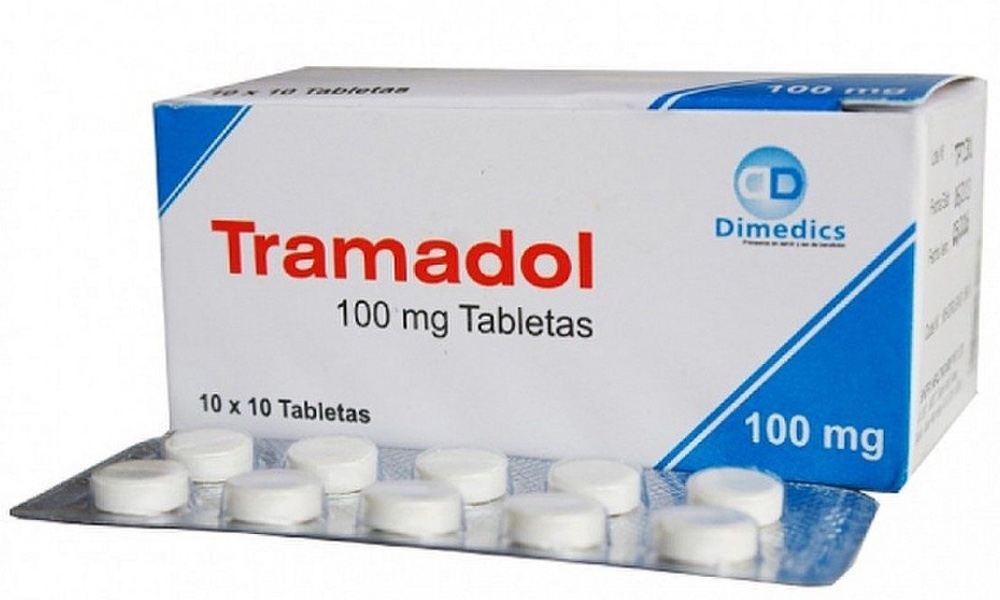Now that the 2016 Olympics are over, fans may want to shift their focus to Africa's premier soccer tournament, the Africa Cup of Nations. There, 24 players — nearly half of the Nigerian under-17 team — have been disqualified based on MRI scans of their wrists, scans that suggest the players are over 17. Originally, 26 were disqualified, but two were reinstated upon appeal.
The trouble is the scans are hardly definitive; and a recent Scientific American article calls for FIFA to stop giving the test that was used to disqualify the young players. According to the article, “Ultimately, there is no known foolproof, scientific test that will allow doctors — or sports regulators — to determine an individual’s age.”
People may remember Danny Almonte, the little league pitcher who fired fastballs past his opponents several years ago. Problem was Almonte was 14, too old for Little League, his opponents were only 12. That's one way to get a leg (or arm) up on the competition.There has been a major problem with age cheating, particularly in Africa, where birth certificates can be hard to come by.
A former head of the Nigeria Football Association, Anthony Kojo Williams, admitted as much in a 2010 BBC documentary, “…We use over-age players for junior championships, I know that. Why not say it? It's the truth. We always cheat. It's a fact. When you cheat, you deprive the young stars that are supposed to play in these competitions their rights.”
FIFA, the worldwide governing body for soccer, thought they had found an answer in 2009. Based on a 2007 study, they made all players in the under-17 competition undergo an MRI wrist scan and examined the appearance of the bones. In children, the two portions of the radius are separated, allowing room for that bone to grow. In adulthood the space disappears, and the two parts of the radius become fused to each other. The question is exactly when this happens.
In the 2007 study, of the 276 children who were under 17, only one showed complete fusion of the two portions of the radius. So FIFA thought they had an easy-to-use test to weed out the older, stronger players. However, there are several reasons that this test is nowhere near as good as it sounds.
Subsequent research, though murky, has cast doubt on the 2007 study's findings. A2013 study concluded, “There was no significant correlation between the chronological age and the degree of fusion.” Because registration at birth is not compulsory in many African countries, including Ghana, so the authors question whether the participants in this study knew how old they really were.
The scans are even less reliable in females. Since it found that many girls have complete fusion before age 17, FIFA has described the use of the scans on women as “extremely problematic.”.”Ultimately, there is no known foolproof, scientific test that will allow doctors — or sports regulators — to determine an individual’s age.”
Perhaps all that can be said for sure is that the disqualifications put a damper on Nigeria's quest to repeat in 2017. In their first game after the disqualifications, they barely squeaked by Niger, 1-0.
For more details, see “Dear FIFA: There Is No Scientific Test to Prevent Age Fraud,” which is freely available.





